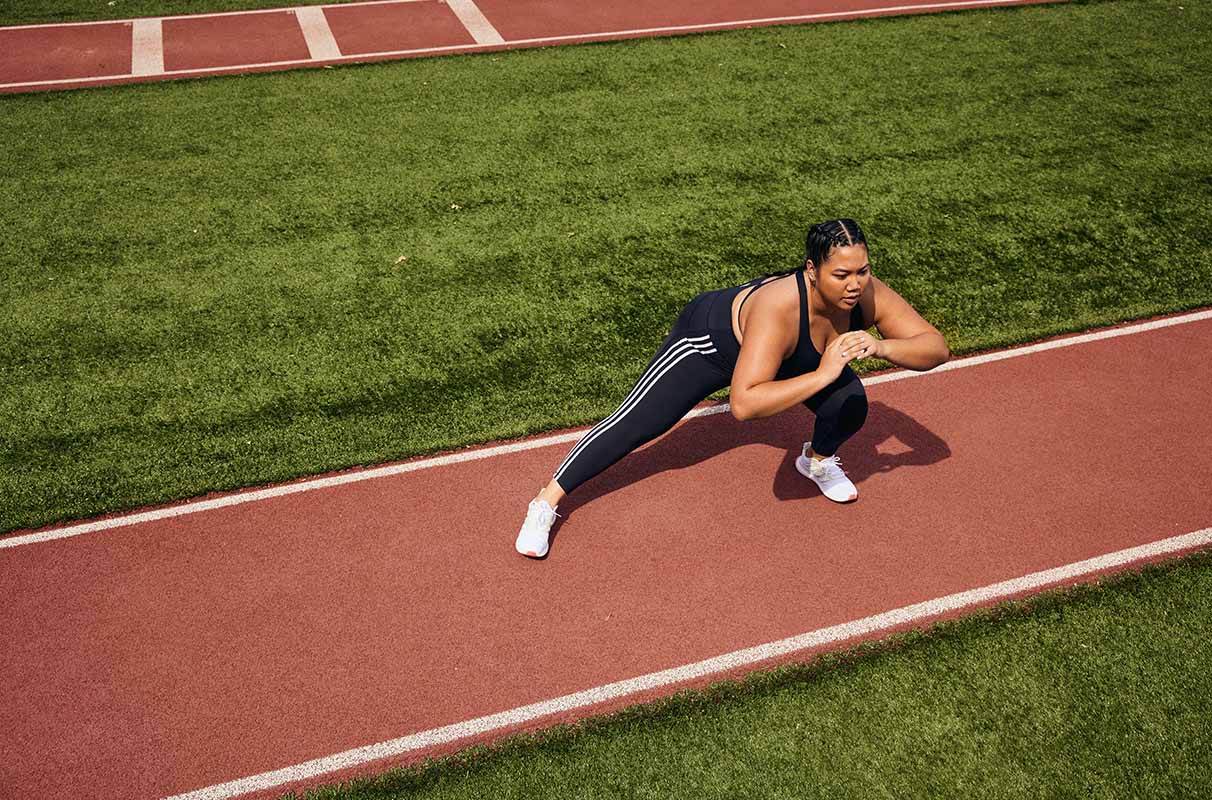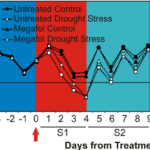Running before or following workouts can have a dramatic effect on the effectiveness of training. Running before strength training can cause injury or compromise gains in strength training. A strength workout done before a run could also cause a deterioration in running form, which can lead to injury and compromise strength training gains. Athletes have limited time. It is possible to combine cardio (like running) with strength training (like lifting weights and bodyweight exercises) in the same session. Learn if you should run before or after a workout and how to maximize the benefits of same-day training. The Interference effect Running before or after workouts depends on the goals of the workout. Run before or after a workout if you want to lose weight. Running before or after a work out if your goal is to improve overall fitness. The Interference effect The interference is a physical phenomenon whereby cardio or endurance exercises (like cycling and running) interfere with the cellular adaptations induced by strength training. It also says that strength training doesn’t appear to adversely affect endurance adaptions. [3] The key word here is “necessarily”. Later, we will discuss this. Running before or after workouts depends on the goals of the workout. Athletes who combine strength training with running must prioritize their goals[4]. It is important to consider both the individual goals of each workout and the overall athletic goals. If you want to increase your strength and muscle mass, cardio training can inhibit strength gains. A runner will not be a successful bodybuilder. It’s important to keep in mind that maximum strength and endurance can be at opposite ends of a physiological spectrum. When athletes are considering strength and cardio training, they need to determine which is most important for their athletic growth: muscle mass or durability. It does not mean that athletes who focus on strength should completely stop cardio. The same goes for endurance athletes, such as runners. Concurrent training is the careful blend of strength and endurance. Strength training, such as using weights or your bodyweight, is an important part of endurance performance. Running and cycling don’t use all of the muscles that the body needs. Running or cycling, for example, can cause hip, lower-back and upper-body pain due to underdeveloped muscle. Most athletes will benefit from a combination of strength and cardio training. The athlete’s goal will determine the ideal mix of strength training and cardio. As a strength-focused athlete, you should run before or after your workout. Athletes who are primarily focused on building muscle and improving their overall strength shouldn’t do cardio and strength training at the same time. Strength-focused athletes can do cardio after strength training if this is not possible. This will minimize the interference (i.e. the body will prioritise strength adaptations over the endurance adaptations). After strength training, how long should cardio be performed? The more time the better It is best to spend at least six to nine hour. By separating strength and cardio exercises as much as possible, you can maximize your strength adaptations. If pure strength is your primary goal, you should strongly consider doing cardio workouts and strength training on completely different days. Do not do a strength workout that is hard and a running workout (e.g. HIIT) on the same date. Exercises for the Lower and Upper Body on the Same Day Should be alternated. Cardio exercises such as running and cycling tend to focus more on the lower body. Upper-body exercises performed on the same day that you run will not have a significant impact on your strength workout. Lower-body strength training performed shortly after a run will most likely result in a diminished strength gain. Then, lower-body workouts are only to be done on days when you don’t run. By alternating upper-body days with running days, and lower-body days on non-running ones, you can minimize or eliminate the interference effects. This only works if an athlete is capable of handling the increased training load. It means having a good nutrition plan, resting and listening to your body’s signals. Stretching is a great way to start the recovery process.
Running before or after workout as a runner Strength training can be a crucial component in unlocking your running performance. This may be the only method for advanced runners to make further progress. Strength training is beneficial for beginners because it helps them develop muscles that promote efficiency and economy in running, which can help prevent injury and improve total body fitness. Do cardio after strength-training if running or any other endurance activity (such as cycling) is your primary goal. If the cardio session is shorter and lower intensity (like an endurance run lasting 30 to 90 minutes), then doing bodyweight or low-weight repetitions after running will help improve stamina and build muscle endurance. Muscular endurance differs from absolute strength. Pure strength refers to how quickly one can generate force (e.g. during a squat), while muscular endurance involves training the muscles to resist fatigue for long periods. Running longer distances such as half-marathons or marathons can be a great way to improve muscular endurance. Running longer distances will help runners maintain their form, which in turn helps them run more efficiently and reduces the risk of injury. Does it sound worth it? How to get started: Run a short distance. Avoid running up hills. Don’t do intervals. Do a basic endurance run for anywhere between 20 and 90 minutes. The run should be almost boring. Do a strength-training session after the run, while your body is still warm. Focus on high repetitions with low weight (if you can). The repetition range should be between 20 and 30 per set. Light jogging is a great way to cool down. Running and strength training are a great combination. Fuel yourself properly before, after and during the workout (e.g. with a warm cocoa recovery beverage). Do not finish your workout hungry. This type of training is very demanding on your recovery, but the rewards are also huge. Do not do these sessions every day. Twice a week will suffice. They should be followed by either a recovery day, or a run for advanced athletes. If you want to lose weight, it is recommended that you run before or after a workout. Strength training is usually done first to deplete carbohydrate reserves. It is important to make the body burn fat instead of carbs to provide energy during a run. This strategy has a problem, however: it’s very hard to complete a long distance run with empty carbohydrate reserves. The calorie burn is low due to the low intensity of the workout or the short duration. The perceived effort of the workout is also increased when glycogen levels are depleted. It can lead athletes to quit their workouts prematurely, which reduces the maximum calorie expenditure. Athletes who exercise in this manner will also finish their workouts very hungry. It can cause athletes to overeat massively after a tough workout. This will lead to weight gain and unhealthy eating habits. A negative energy balance will help you lose weight if weight loss is your goal. What matters in the end is the total number of calories burned during the workout. Divide your workouts over a few days. This allows you to train with high intensity, burn lots of calories and give your body time to recover before the next exercise. If the goal is to improve overall fitness, you can run before or after a workout. Define a specific goal for every session. Be careful not to overdo it and get injured. Take it slow and add some training every week. If you start feeling aches or pains, take a rest day. Consider re-examining your training structure once the gains cease. This will help you focus on specific goals. After a run, try this workout for an excellent cardio and strength session . This workout targets neglected leg muscles and glutes (i.e. a firmer butt). This will also improve your posture. You can learn and perform the following exercises: Curtsy Lunge, Kneel & Stand, Side Lunges, Single-leg Deadlift, and Wall Sits. Avoid doing two exercises back-to-back. Running and strength training should be separated by a long time. This will give the body enough time to recover and adapt before the next workout. Follow the above training schedule to achieve maximum adaptations if running is your only option. If that’s too complex and you just want to get fit, then do what is convenient.
***











